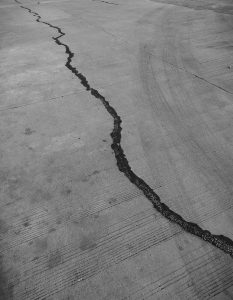National capital Delhi, recorded “poor” category air quality for the fifth consecutive day on Sunday, as per a PTI report.
A government agency, however, said that the air quality in the city will improve in the coming days due to a change of wind direction.
The city recorded a 216 air quality index over twenty-four hours on Sunday. On Saturday it was 221.
Delhi’s air quality had made a turn for the world last Wednesday, the first time since June 29, as the Central Pollution Control Board recorded a 24-hour average of 215 AQI.
Also Read: Three children die from drowning daily in Sunderbans: Survey
An AQI between 0 and 50 is considered ‘good’, 51 and 100 ‘satisfactory’, 101 and 200 ‘moderate’, 201 and 300 ‘poor’, 301 and 400 ‘very poor’, and 401 and 500 ‘severe’.
The Ministry of Earth Science air quality monitor, SAFAR, said that the AQI is likely to improve to the “moderate” category by Monday.
A total of 448 farm fires were observed in Punjab, adjoining Pakistan, Haryana and Uttar Pradesh which impacted Delhi’s air quality on Sunday, SAFAR said.
However, the wind direction will change from northwesterly to southeasterly and the impact of farm fires will reduce, it said.
On Sunday morning, Delhi’s minimum temperature settled at 19.8 degrees Celsius. The maximum wind speed was 15 kilometres per hour and the direction was west-northwesterly.
Low temperatures and stagnant winds help in the accumulation of pollutants near the ground, affecting air quality.
High levels of air pollution in Delhi is a year-round problem, which can be attributed to unfavourable meteorological conditions, farm fires in neighbouring regions and local sources of pollution.
Also Read: ‘I was the most trolled person in the entire world in 2019,’ says Meghan Markle
According to an analysis by the Council on Energy, Environment and Water, a Delhi-based think tank, transportation contribute the most — 18 to 39% — to Delhi’s air pollution.
Road dust is the second-largest source of air pollution in the city (18 to 38 %), followed by industries (2 to 29%), thermal power plants (3 to 11%) and construction (8%).






